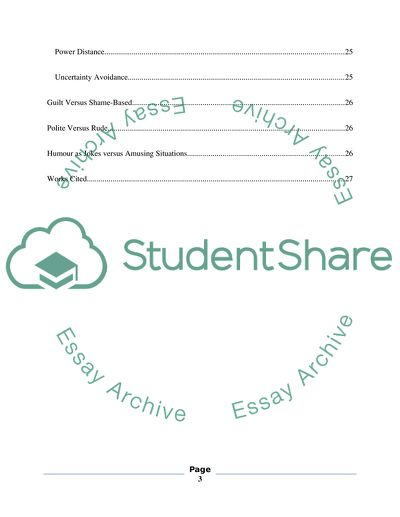Cite this document
(“The United Arab Emirates: Burj Khalifa Dissertation”, n.d.)
The United Arab Emirates: Burj Khalifa Dissertation. Retrieved from https://studentshare.org/visual-arts-film-studies/1785687-the-united-arab-emirates-burj-khalifa
The United Arab Emirates: Burj Khalifa Dissertation. Retrieved from https://studentshare.org/visual-arts-film-studies/1785687-the-united-arab-emirates-burj-khalifa
(The United Arab Emirates: Burj Khalifa Dissertation)
The United Arab Emirates: Burj Khalifa Dissertation. https://studentshare.org/visual-arts-film-studies/1785687-the-united-arab-emirates-burj-khalifa.
The United Arab Emirates: Burj Khalifa Dissertation. https://studentshare.org/visual-arts-film-studies/1785687-the-united-arab-emirates-burj-khalifa.
“The United Arab Emirates: Burj Khalifa Dissertation”, n.d. https://studentshare.org/visual-arts-film-studies/1785687-the-united-arab-emirates-burj-khalifa.


